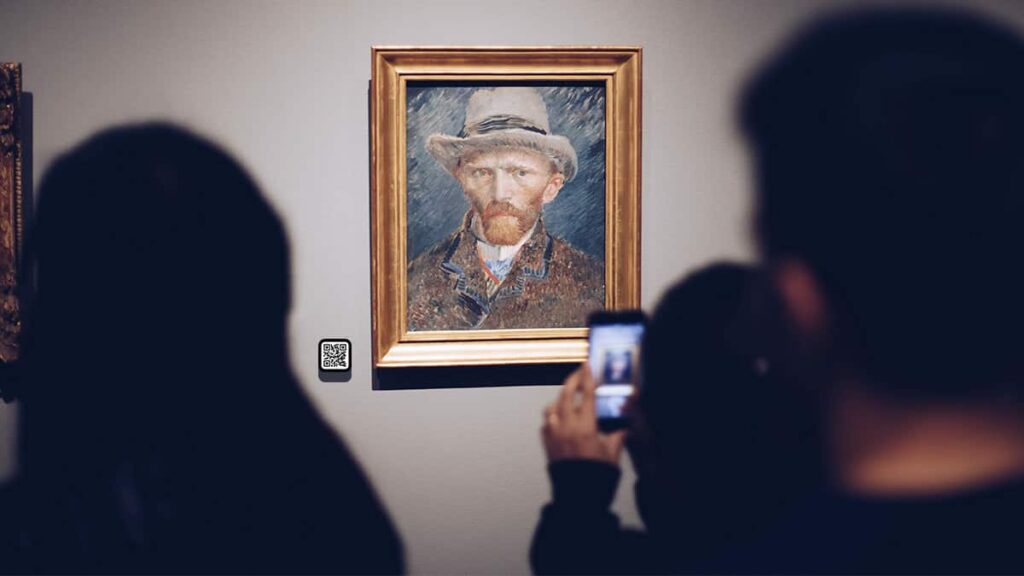Museum exhibits have always been a fascinating way for visitors to explore and learn about art, history, and culture. However, it can be challenging for museums to provide visitors with all the information they need about the exhibits, without overwhelming them with text-heavy placards or brochures. That’s where a museum exhibit QR code system comes in.
A museum exhibit QR code system offers a convenient and easy way for visitors to access additional information about exhibits. Visitors can scan the QR codes with their smartphones, and they are directed to a webpage containing multimedia content, interactive experiences, and other relevant information related to the exhibit. This offers a more engaging experience for visitors, making the exhibits more memorable and exciting.
One of the primary benefits of using a QR code system in museums is the ability to provide visitors with more information about the exhibits. Instead of relying on limited space on placards or brochures, QR codes offer museums the opportunity to provide a more comprehensive and immersive experience for visitors. Visitors can access videos, images, and other multimedia content related to the exhibit, providing them with a more in-depth understanding of the history, art, and culture behind it.

Another advantage of using a QR code system in museums is cost-effectiveness. QR codes eliminate the need for printed brochures, guides, and labels, which can save museums staff time and money. Updating the information is also easy, as QR codes can be updated quickly and easily without the need for reprinting materials. This ensures that visitors always have access to the most up-to-date information.
QR codes also provide museums with valuable data about their visitors. By tracking the number of scans, time spent on each page, and the most popular content, museums can gain insight into the interests of their visitors. This information can be used to improve exhibits and provide a better experience for visitors in the future.
Implementing a museum exhibit QR code system involves several steps. The first step is to decide on the content that will be linked to the codes. The content should be engaging and informative, with a variety of multimedia options available. Once the content has been decided upon, the QR codes can be created using free or paid QR code generators. It is essential to test the codes to ensure they are working correctly before implementing them. Once the codes are ready to be implemented, they should be prominently displayed near the exhibits and promoted to visitors. Finally, it is important to monitor and analyze the data collected from the QR codes to improve the visitor experience.
In conclusion, a museum exhibit QR code system offers a simple and convenient way for museums to enhance the visitor experience, save costs, and collect valuable data. By providing visitors with access to multimedia content, interactive experiences, and other relevant information, museums can create a more engaging and immersive experience for visitors. With proper planning and implementation, a museum exhibit QR code system can be an effective way to enhance the overall experience for visitors and make exhibits more memorable and exciting.
Schedule A Live Demo
Have a member of the 42Kites team walk you through a live demo over Zoom. Enter your contact information below and we'll set up a time that works for you.
